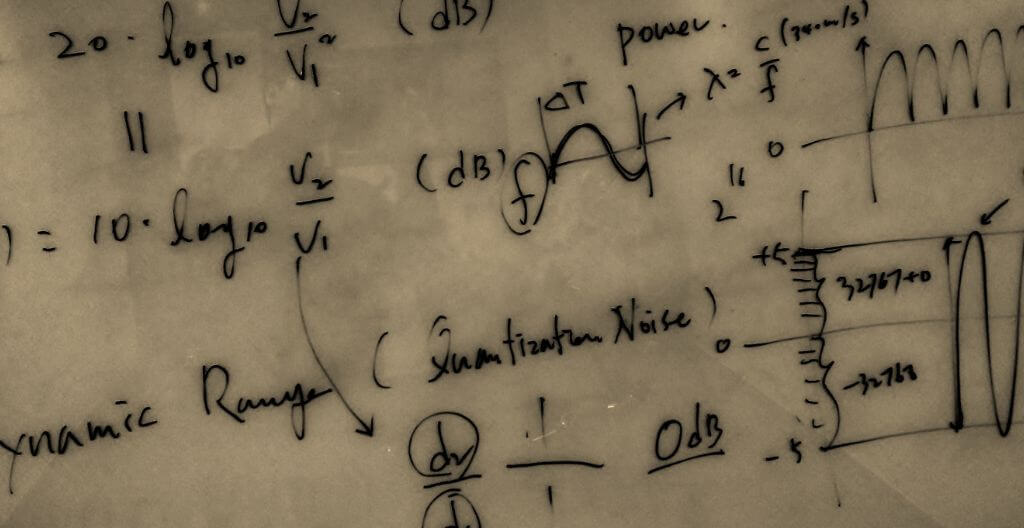Table of contents
Developing a scientific communication and dissemination plan is key to finding new audiences for your research findings, but what steps can you take to ensure that your plan is as effective and impactful as possible?
Analyse your dissemination plan
Developing science communication plans and strategies is an important first step, but to improve the dissemination of scientific research, it is essential to evaluate and analyse your plans. Assess the effectiveness of your current strategies, target audience reach, and engagement levels. Identify any gaps or areas for improvement.
Decide on your goals and what constitutes success, at the beginning. It might be to raise awareness within a certain group or getting engagement. Are there accurate methods to measure this – website visits, social media engagement – or will you need to perform post-implementation surveys to gauge success?
Determine the budget available for your communication and dissemination plan. What does it include and what is not included? For example, can you use a graphic design team within your organisation (effectively for free), or will you need to pay for external graphic design work?
Write your communication and dissemination plan to reach your goals, within your budget.
Choose the correct strategy for dissemination of research
Selecting the most appropriate dissemination strategies is crucial for effectively reaching your target audience. Consider the nature of your research and the preferences of your audience.
Explore traditional methods such as scholarly articles and conferences, but also consider creative ways to disseminate research findings like social media, blogs, podcasts, and videos.
Diversifying your dissemination channels means you can engage with a wider audience and increase the visibility of your research.
Multiple strategies can be used in partnership to increase touch-points and reiterate information and ideas in a variety of ways.
Utilise digital tools for improving scientific dissemination
Researchers have access to an array of tools that can significantly enhance the dissemination of scientific research. Leverage social media platforms to share key findings, engage in discussions, and build a community around your work. Explore academic networking sites and research sharing platforms to connect with other researchers.
Other creative ways to disseminate research findings means producing multimedia content summarising your research, such as infographics and animations, in a visually appealing way.
Revise and create your new dissemination plan
Based on the analysis of your current plan, selected dissemination strategies, and digital tools available, revise and create a new communication and dissemination plan.
Define clear objectives, target audiences, key messages, and desired outcomes. Incorporate creative ways to disseminate research findings, such as storytelling techniques, visualisations, and interactive experiences.
Ensure that your plan is adaptable, allowing for adjustments based on emerging opportunities and any feedback received.

Access your data: A/B test, platforms, and tools
Data analysis is essential for optimising your dissemination efforts. Implement A/B testing to compare different dissemination approaches and determine which strategies yield the best results.
For example, an infographic or an animation, which one receives the most effective engagement? Use analytic tools provided by digital platforms to assess engagement metrics, such as website traffic, social media interactions, and content downloads.
This data-driven approach enables you to have a flexible dissemination plan, identify effective channels, whilst also better preparing your organisation for the next communication and dissemination plan.
An effective scientific communication and dissemination plan is a live entity, always in flux. Modern, digital tools enable researchers to analyse data and test various approaches to see which ones are the most effective.
An effective plan consists of one team working together to achieve the same goal, changing or doubling-down on tactics when the data shows a clear advantage.

